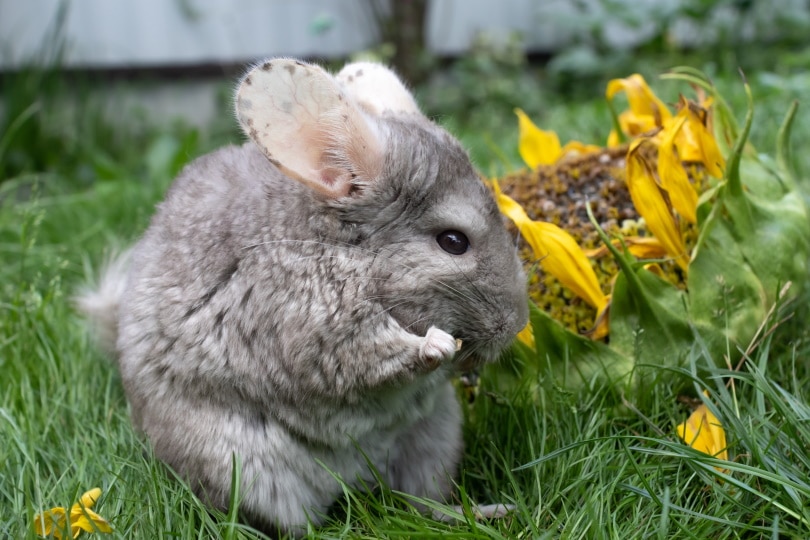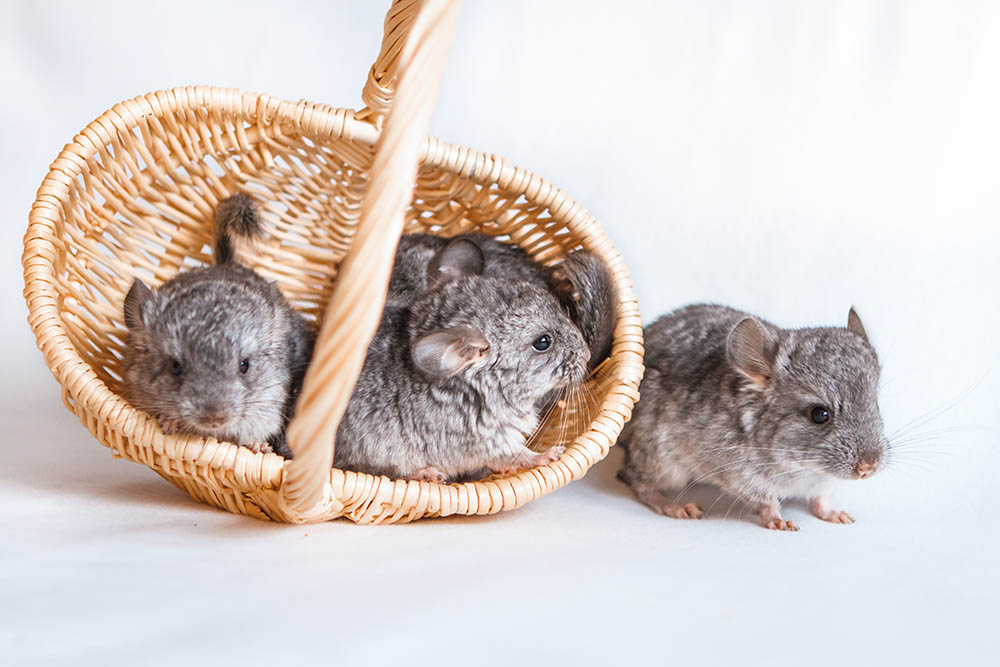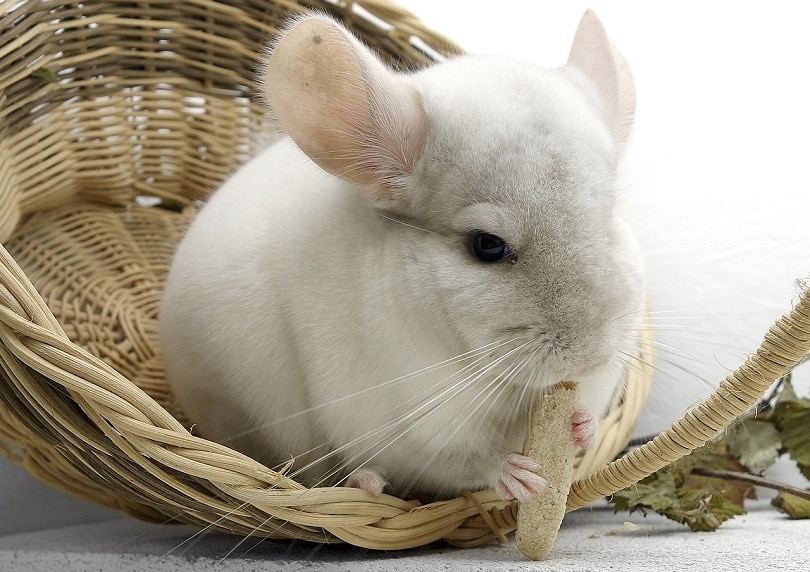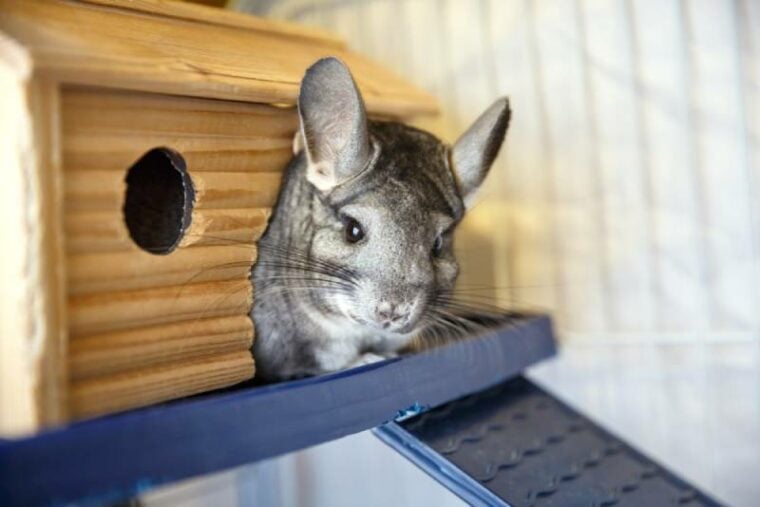
Chinchillas are irresistibly adorable critters, so it goes without saying that their babies, or kits, are precious. Chinchillas can be difficult to come across in the average pet shop, though. They are not particularly popular pets due to their complex care needs. To top it off, they are very difficult to successfully breed.
If you have an interest in breeding chinchillas, then you need to have a solid understanding of the ins and outs of breeding these sensitive animals. While females can typically start breeding around 4 to 5 months old (although they should wait until about 7 months), males can breed between 7 and 8 months old.

At PetKeen, we do not endorse breeding exotic pets, including chinchillas. Their breeding physiology, pregnancy needs, and potential complications are reasons why such tasks are best left for trained exotic animal breeders only. The content in this article is for informative purposes only.
When to Breed Female Chinchillas
Female chinchillas reach sexual maturity around 4 to 5 months of age. However, this isn’t the recommended age to begin breeding. Most sources recommend waiting until a chinchilla is at least 7 months old, with some people recommending waiting until she’s a year old.
Waiting until a chinchilla is at least 7 months old will allow her to get big and strong enough to carry the pregnancy and care for her kits, and it will allow you to ensure she is healthy and has no notable health or behavioral issues prior to breeding. Breeders should also ensure that a female has a wide enough pelvis to successfully birth her kits. If her pelvic area is smaller than a thumb, then she is likely to need a c-section or have a very difficult, stressful, high-risk labor.
Breeders will have to wait until a chinchilla enters her heat cycle to successfully breed her. Her full estrus cycle lasts 28 days, much like a human woman, but she will only be in heat for two of those days, so the breeding window is quite limited.
Female chinchillas can give birth to litters of two to four kits up to three times per year, but it is recommended to give her breaks between litters due to the risks and stress associated with pregnancy and care of the kits.
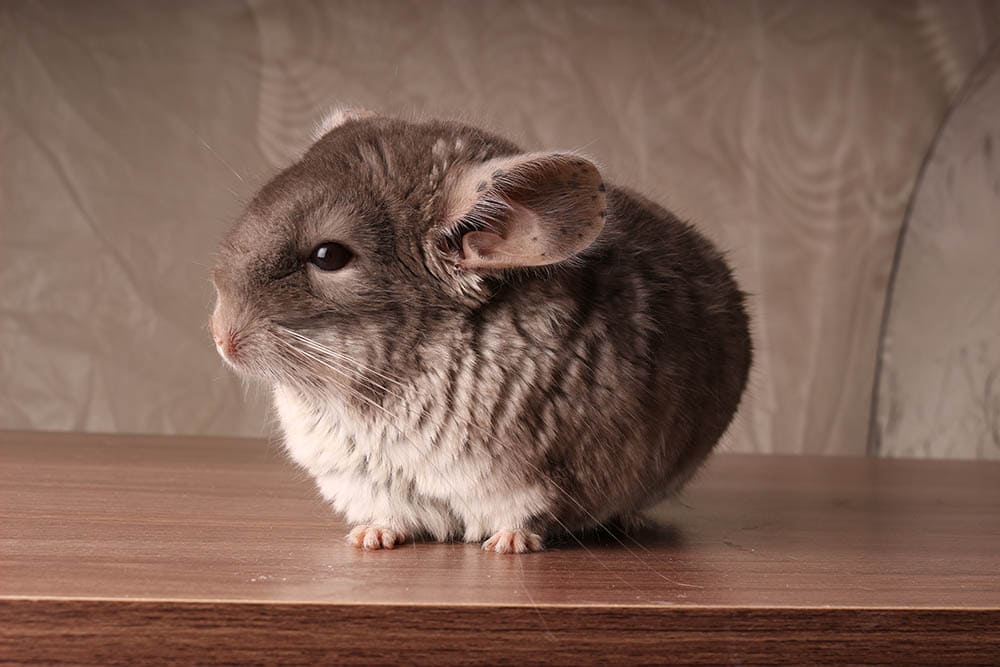
When to Breed Male Chinchillas
Male chinchillas typically have reached full sexual maturity by 7 to 8 months of age. It’s recommended, like with females, to wait until the male is at least 7 months of age to breed him. This applies even if a male has reached sexual maturity early. This will help ensure that the male has desirable traits to breed, as well as ensure his overall health.
Early Pregnancy
Although most chinchillas don’t reach sexual maturity until at least 4 to 8 months of age, there is a risk of early sexual maturity. Chinchillas as young as 2 to 3 months old have been known to get pregnant from cage mates. For this reason, it’s recommended to separate opposite-sex parents, siblings, and cage mates by eight to ten weeks of age.
Pregnancy is a high-risk time for chinchillas, and pregnancy before full maturity can be disastrous. It can put an extreme amount of stress on the body, leading to illness and death. There is also the very real risk that the female will be too small to deliver her kits, which will lead to a c-section to deliver the kits or a slow, painful death for the female and her kits.
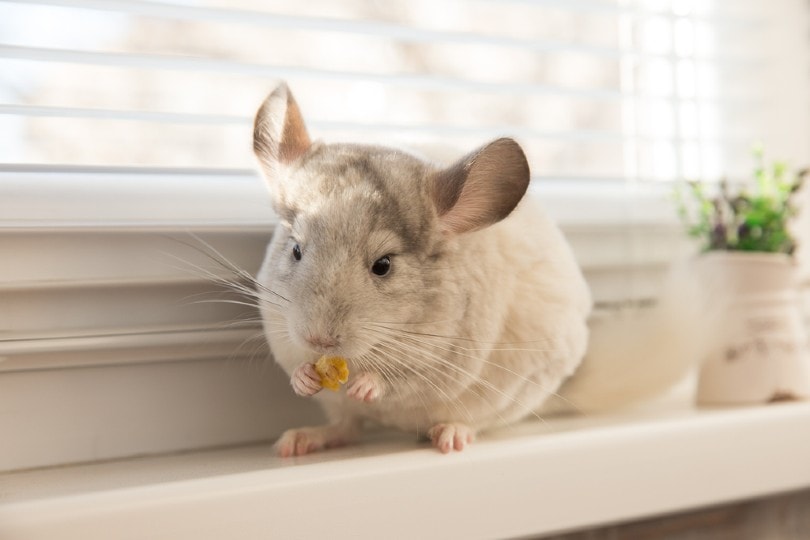

Conclusion
It can be difficult to breed chinchillas, and there are many steps to take to succeed. Proper introductions, hiding places, nesting spaces, health evaluations, high-quality nutrition, and homes for the kits are all things that need to be considered and planned prior to any breeding attempts.
Without proper care during breeding, both the male and female chinchillas are at risk of injury and death, and carrying a pregnancy and labor can be extremely stressful and dangerous for a female chinchilla. Planning, knowledge, and access to veterinary care can all be the difference between life and death for a chinchilla and her litter.
Featured Image Credit: Geshas, Shutterstock

